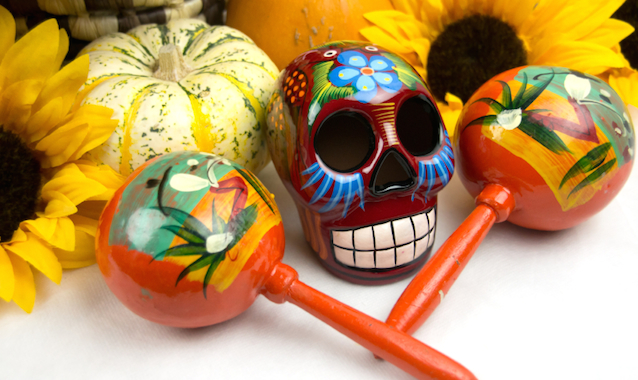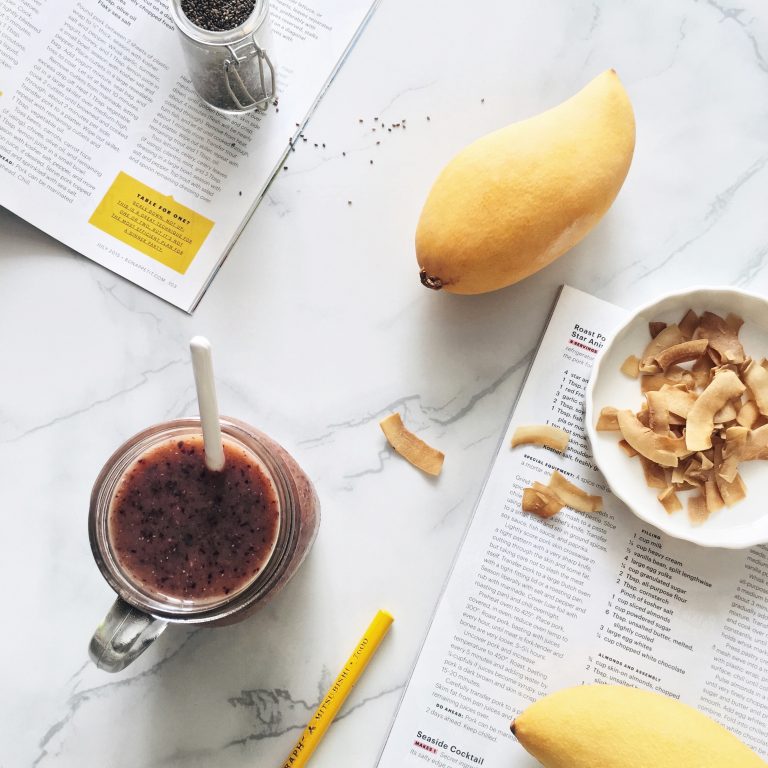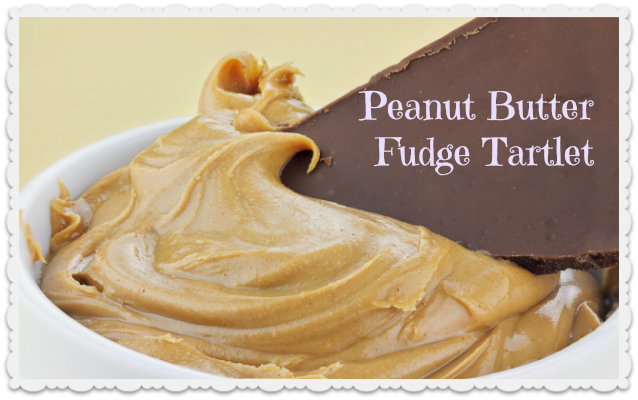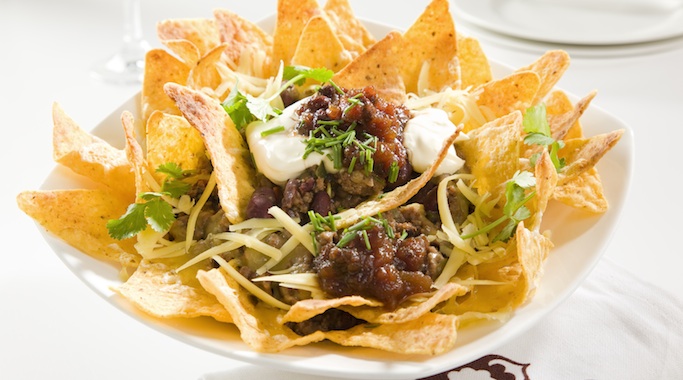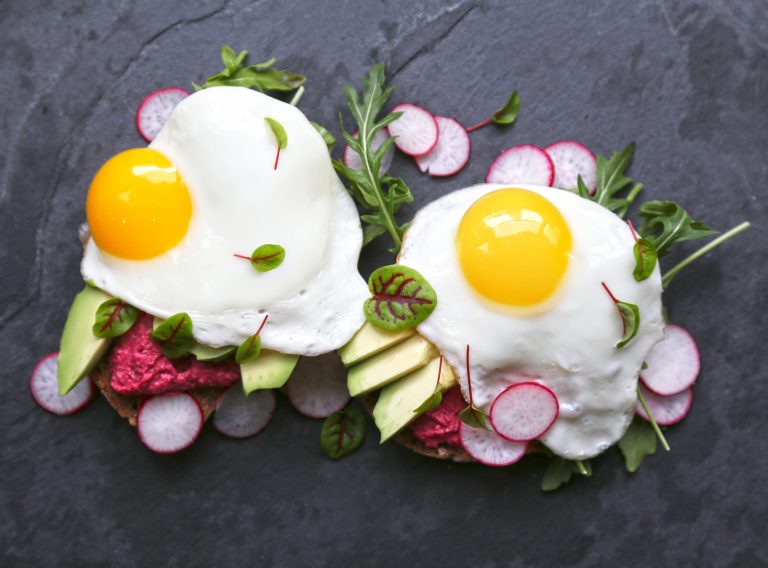Dia de los Muertos: 10 Things You Might Not Know
November 3, 2014
This weekend saw the celebration of the Mexican tradition of Dia de los Muertos or Day of the Dead. We might recognize a few of the popular symbols or associate it with Halloween, But this festival developed from a history and a celebration very different from the Celtic origins of Halloween. Here are 10 facts you might not know about this rich tradition.
- The Aztecs originated the celebration thousands of years ago. In the ninth month of their calendar, from late July to mid-August, they harvested corn. They also celebrated the afterlife and Mictecacihuatl, the Goddess of the Underworld or Lady of the Dead. The Aztecs believed that how you died, rather than how you lived, determined what happened to you in the afterlife. They gave offerings to help guide souls to their final rest.
- When the Spanish arrived in the 1500’s, they tried to shift these traditions to coincide with the Roman Catholic holidays of All Saints’ Day and All Souls’ Day. The results were mixed. While some areas of Mexico, particularly the north, embraced the new church holidays, those areas with a stronger indigenous influence continued the traditions of the Aztecs. In the 60’s, the government declared Dia de los Muertos a national holiday to preserve history and unify the country.
- While commonly known as Dia de los Muertos, or Day of the Dead, the celebrations includes two days. November 1, Dia de los Inocentes or Dia de los Angelitos, Day of the Innocent or Day of the Little Angels, honors babies and children that have died. November 2, Dia de los Muertos, Day of the Dead, honors adults that have passed away.
- In the time leading up to the holiday, families build an altar, or ofrenda, where they place many items meant to invite the souls of their loved ones to visit. You could find candles, flowers, photographs or other things that recall the life of the deceased, food and drink, incense, water, religious items like a cross or statue of a saint, and symbols such as sugar skulls and pan de muerto, bread of the dead. If grandpa liked to play cards, eat tamales, or smoke a pipe, these are the kinds of things you’d find on the family’s ofrenda.
- Calaveras and calacas, skulls and skeletons, are the most recognized and prominent symbols of the holiday. You can find them in clothing, face painting, art, costumes, offerings, and even food. Sugar skulls are bought, decorated, collected, and offered as a huge part of the tradition. Usually the skulls and skeletons are portrayed as happy and celebratory.
- Marigolds are the traditional color of death and are used along with candles to guide departed souls back to their families.
- On the day of celebration, families gather, clean the grave of the departed, and then picnic next to it. While there, they will share stories about that person, do things they enjoyed, and even make fun of their quirks. The dead are thought to be honored with joy and laughter and would be offended by sadness because they are not gone, just living in a different place.
- Between skeleton decorations and graveyard picnics, this holiday can be perceived by outsiders as morbid. Instead, these traditions reflect a view of death that is not scary. Death is accepted as simply part of the circle of life. It also acknowledges the importance of family, those living as well as departed.
- Dia de los Muertos is considered a Mexican tradition but countries around the world embrace similar festivals. Several Central and South American countries, such as Guatemala, Brazil, and Colombia, hold festivals including the same traditions. Many European countries have a day in which they gather to put flowers and say prayers over loved ones’ graves.
- In 2003, Dia de los Muertos was proclaimed to UNESCO’s (United Nations Educational, Scientific, and Cultural Organization) List of Intangible Cultural Heritage which seeks to preserve indigenous festivities and draw awareness to them. The festival is one of seven Mexican traditions on the list.

